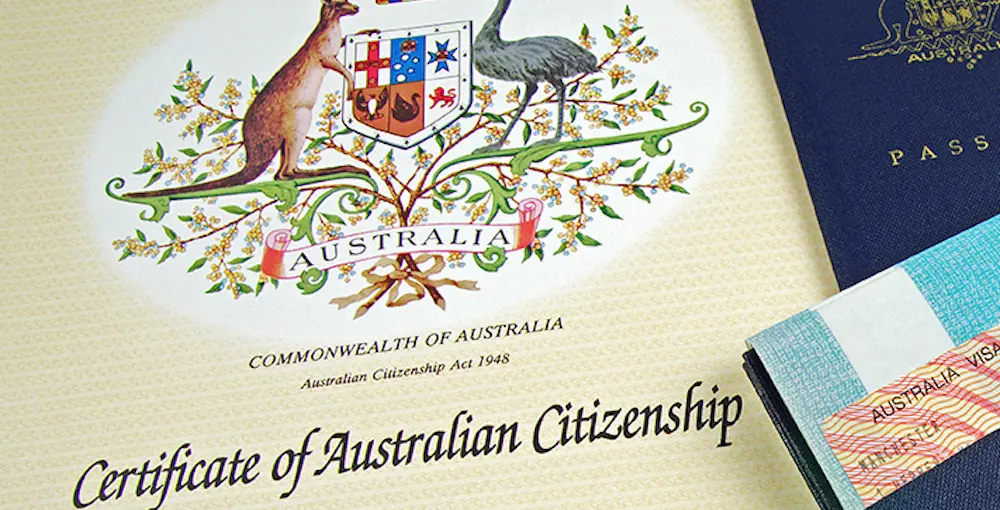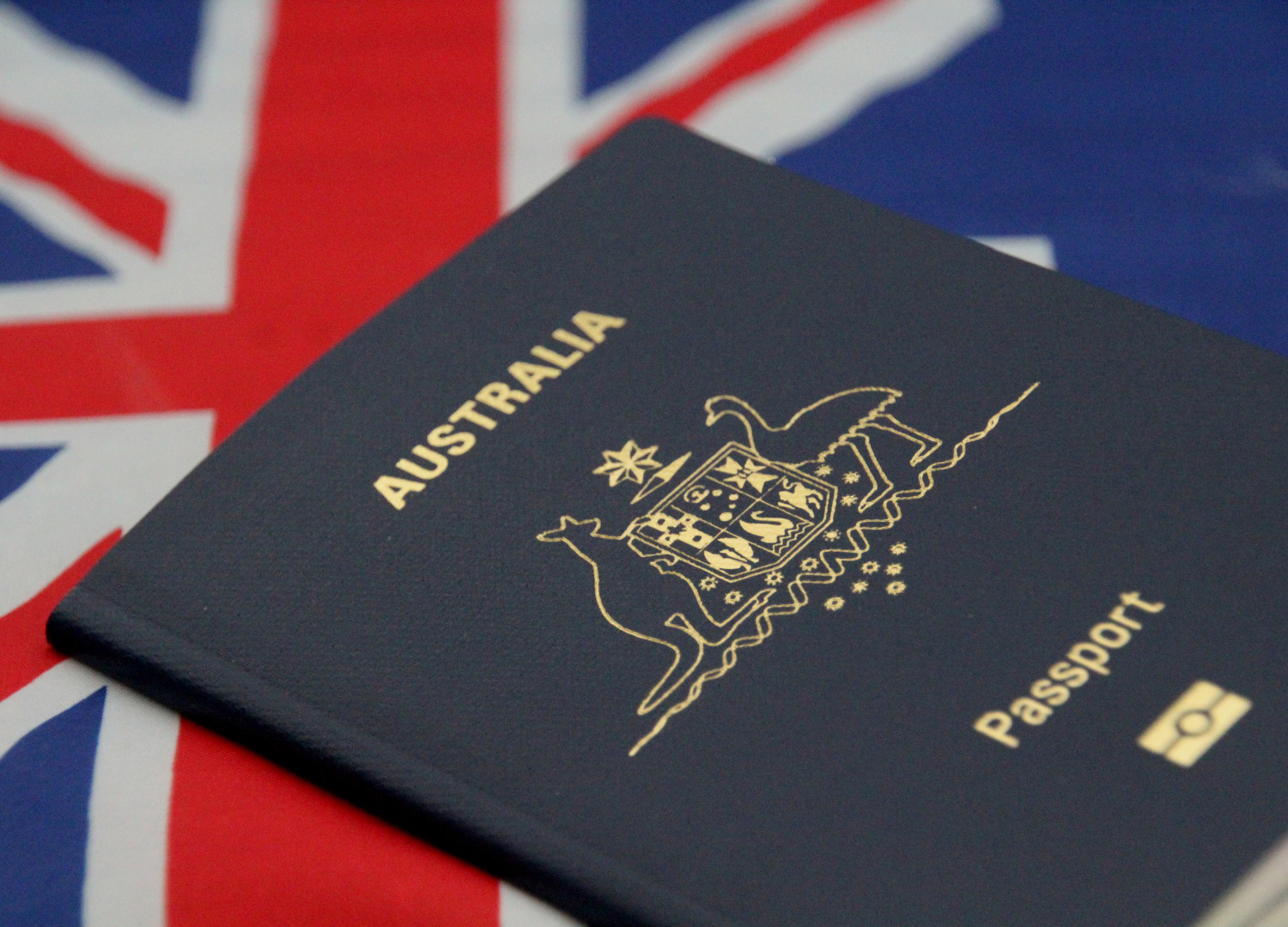Becoming an Australian citizen is a significant milestone that comes with a sense of belonging and numerous privileges. As a citizen, you gain the right to vote, work in the Australian public service, and enjoy the freedom of international travel on an Australian passport. However, the journey to citizenship can seem daunting. This guide will help you navigate the process, outlining the necessary steps and requirements for obtaining Australian citizenship.
Why Pursue Australian Citizenship?
Australian citizenship represents more than just a legal status; it embodies a commitment to the nation and its values. Here are some of the key benefits of becoming an Australian citizen:
- Voting Rights: Citizens can participate in federal, state, and local elections, shaping the future of the country.
- Employment Opportunities: Enjoy access to government jobs and roles within the defence forces.
- Travel Freedom: An Australian passport allows for hassle-free travel and access to consular assistance abroad.
- Community Involvement: Engage actively in the Australian community and its democratic processes.

Pathways to Citizenship
The road to Australian citizenship typically begins with obtaining permanent residency (PR). Here are the main pathways to citizenship:
1. Permanent Residency
Most individuals become citizens after holding a valid PR visa. This pathway requires you to meet specific residency and character requirements.
2. Skilled Migration
If you possess skills that are in demand in Australia, skilled migration is a viable option. Relevant visa subclasses include:
- Subclass 189: Independent Skilled
- Subclass 190: State Nominated
- Subclass 491: Regional Provisional
Once you secure permanent residency through these visas, you can apply for citizenship after meeting the residency criteria.
3. Family Stream Migration
This pathway allows family members of Australian citizens or permanent residents to join them. After obtaining a permanent visa, they can pursue citizenship by meeting the same residency requirements.
Eligibility Requirements for Australian Citizenship
To qualify for Australian citizenship, you must fulfill several criteria set by the Department of Home Affairs. Here’s a quick overview:
Residency Requirements
- Duration: Reside in Australia for a total of four years on a valid visa, with the last year as a permanent resident.
- Absences: You should not have been outside Australia for more than one year in total during this four-year period, and no more than 90 days in the last year before applying.
Character Assessment
- You must pass a character test, which may include a police check. A serious criminal record, such as a sentence of 12 months or more, will disqualify you.
Language Proficiency
- Basic proficiency in English is required, demonstrated through the citizenship test, which assesses your speaking, reading, writing, and understanding of the language.
Knowledge of Australia
- Understanding Australian history, culture, and values is crucial. You will need to pass a citizenship test with a score of at least 75%.
Checklist for Citizenship Eligibility
Before starting your application, ensure you meet the following requirements:
- Residence
- Lived in Australia on a valid visa for 4 years.
- Permanent resident for the last 12 months.
- No more than 1 year of absence during the 4-year period.
- No more than 90 days of absence in the last 12 months.
- Character
- Clear criminal record (no sentences of 12 months or more).
- Completion of any required character assessments.
- Language Skills
- Basic English language proficiency.
- Knowledge of Australia
- Successfully pass the citizenship test.
The Application Process
Step 1: Gather Your Documents
Start by collecting the necessary documents, which typically include:
- Identification: Birth certificate, passport, and driver's license.
- Residency Proof: Documentation of current and past visas, entry and exit stamps.
- Character Evidence: Police certificates and court-related documents if applicable.
Step 2: Complete Your Application
Submit your application using the appropriate form (Form 1300t or 1290), ensuring you have a valid permanent residency visa and meet the residency requirements.
Step 3: Take the Citizenship Test
Most applicants over 18 will need to take a citizenship test. This test assesses your English language skills as well as your knowledge of Australian history, values, and rights. Some applicants may be invited for an interview instead.
Step 4: Await Processing
Citizenship applications are usually processed within several months to over a year. Processing times can vary based on application completeness and the number of applications being handled.
The Citizenship Ceremony
After your application is approved, you’ll be invited to attend a Citizenship Ceremony. This is an important step in your citizenship journey, where you will formally take the Australian Citizenship Pledge.
Attending the Ceremony
Attendance at the ceremony is mandatory, and you will receive details about the date, location, and any documents you need to bring.
Taking the Pledge
During the ceremony, you will make a commitment to Australia by taking the Australian Citizenship Pledge, affirming your loyalty to the nation and its democratic principles. After taking the pledge, you will receive your citizenship certificate, officially becoming an Australian citizen.
